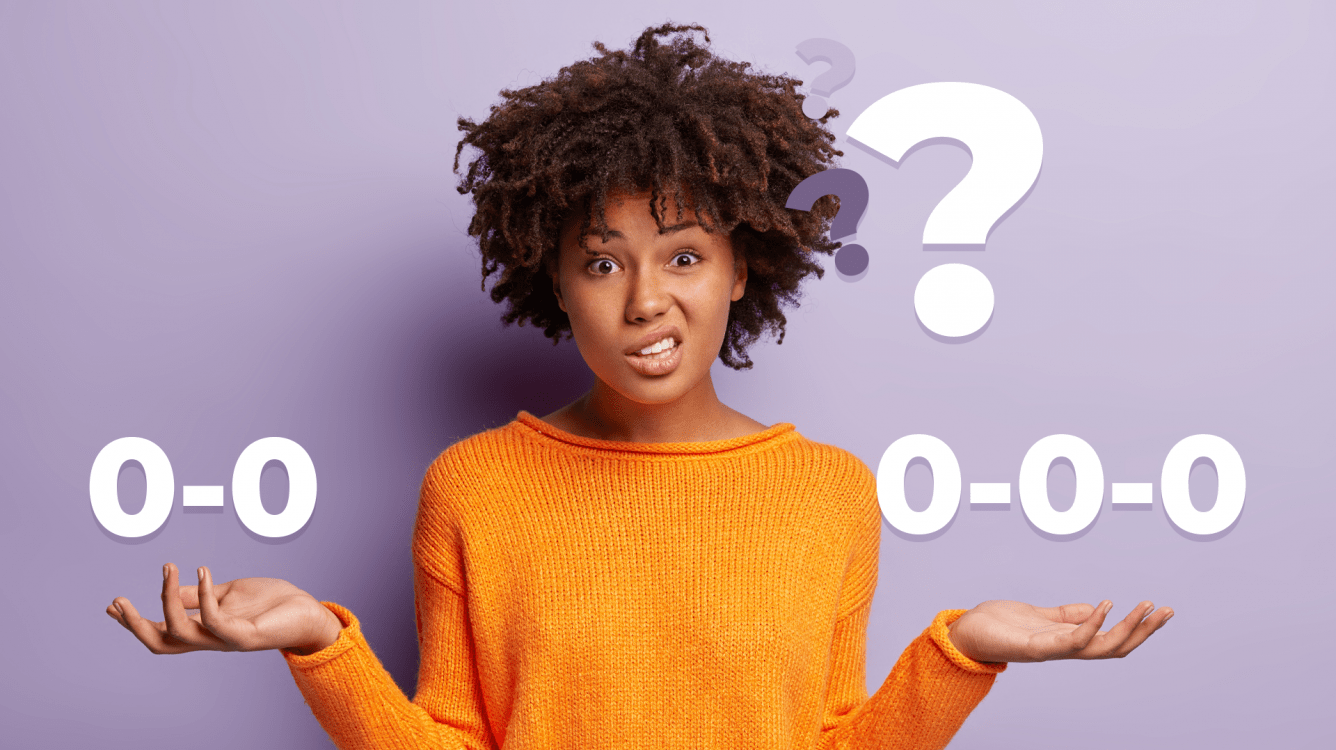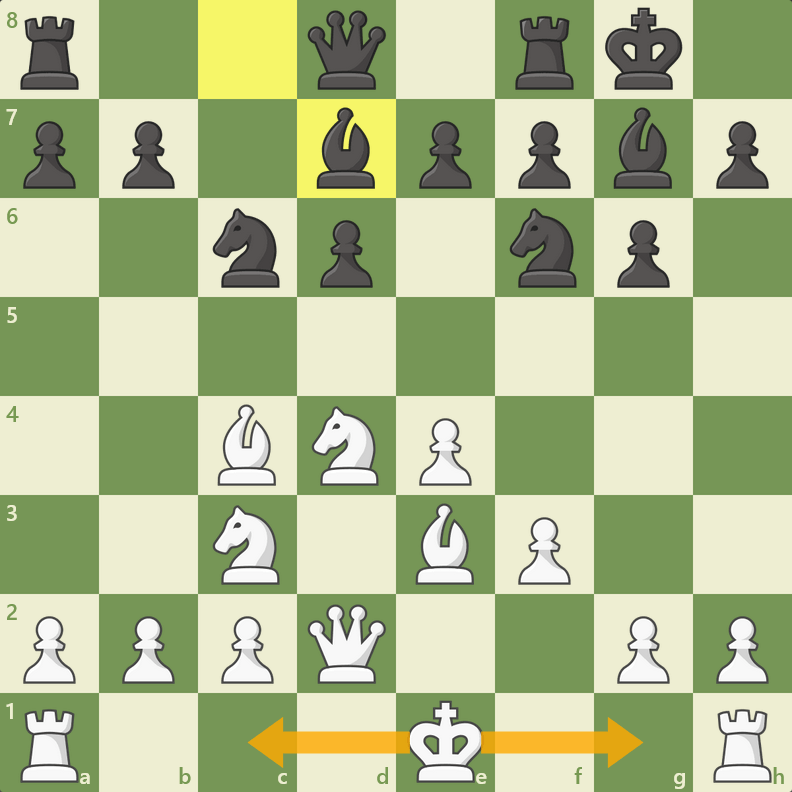
Kingside Castling Or Queenside Castling?
Yes, this is the exact question I hear a lot from my less experienced students: "What is better: castling kingside (0-0) or queenside (0-0-0)?" Just like in the case with most of the general chess questions, the answer is "it depends."
Castling kingside is more common in chess by a large margin. I don't have exact statistics, but I would guess that the ratio is somewhere around 10:1. Nevertheless, it doesn't mean that a short castle is any better than a long castle. The main reason 0-0 is way more popular than 0-0-0 is the simple fact that most openings are all about fast development and quickly getting your king safe.

Since it takes fewer moves to castle kingside, your king gets to safety and the king's rook gets into play faster. That's why in open games (starting with 1.e4 e5), and especially in the lines where the sharp complications start right away (like in the King's Gambit, the Italian Game, Two Knights Defense, etc.) castling kingside is almost mandatory for both players.
IM Rashid Nezhmetdinov once analyzed a game with one of his students. The student asked if he should castle kingside or queenside. "There is a difference between 0-0 and 0-0-0," Nezhmetdinov answered, "it is an extra 0, which goes directly to your cross table." Of course, it was just a joke, because Nezhmetdinov was one of the best masters of an attack in chess history and usually, when you castle queenside it implies a pawn storm on the kingside. Here is one of his games proving the point:
I remember a joke from my childhood:
Q: Why is castle queenside called long?
A: Because it will take one move longer to reach a classical castle position since you'll have to play Kb1.
There is a lot of truth in this joke. Indeed, it is quite common to play Kc1-b1 after one castles queenside. Take a look at the following game of GM Anatoly Karpov. It is a very sharp Yugoslav variation of the Sicilian Dragon, where everything is decided by the speed of your attack. And yet, the world champion invested a whole move to play Kb1 before he started his pawn storm on the kingside.
Sometimes a choice between castling kingside or queenside is not very obvious even to the world's best players. Here is a good example:
Here is what GM Jan Timman wrote in his annotations for 8.Qd2:
"This move, preparing queenside castling, was played a number of times by Weaver Adams. [...] At the top level, it has hardly been played. This is surprising since it is not entirely clear how Black should reply. Common is 8.Bc4, to prepare kingside castling."
I checked the database to see what top GMs castle which side in the above positions. Here is the result:
Queenside castle: GMs Hikaru Nakamura, Max Euwe, Fabiano Caruana, Timman, and Nigel Short.
Kingside castle: GMs Vugar Gashimov, Dmitry Andreikin, Parimarjan Negi, and Short.
As you can see, Short castled both ways! First, he castled queenside and beat none other than GM Vladimir Kramnik:
The funny thing is, 10 years later he decided to castle kingside against GM David Baramidze and lost!
Now let's investigate a curious case where two of the best players in the history of chess couldn't come to an agreement. I bet most of you, my dear readers, know the following famous game:
This game is well known for GM Bobby Fischer's iconic move 19.Rf6! As a matter of fact, it is the first Fischer game that I learned. But let's talk about his decision to castle kingside. In his famous book My 60 Memorable Games, Fischer says the following about castling:
"An alternative is 14.0-0-0 Nd6 15.Ne2. I thought White's king would be safer after the text—the drawback is the kingside pawns can no longer safely advance."
GM Garry Kasparov had his own thoughts about Fischer's move: "A choice which says a lot about Fischer's style." He adds some variations:
As you can see, we have an ultimate heavyweight showdown: Fischer preferred 14.0-0 and Kasparov likes 14.0-0-0. Who is right? Your guess is as good as mine. Even different engines that I tried have different preferences. They all agree on one thing though: White has a big advantage whichever way they castle.
As you can see, there is no rule of thumb that would help you to make a decision which side to castle and sometimes even the best players cannot come to an agreement on this subject. In most cases, you should make your decision based on your experience and chess style. Good luck!






